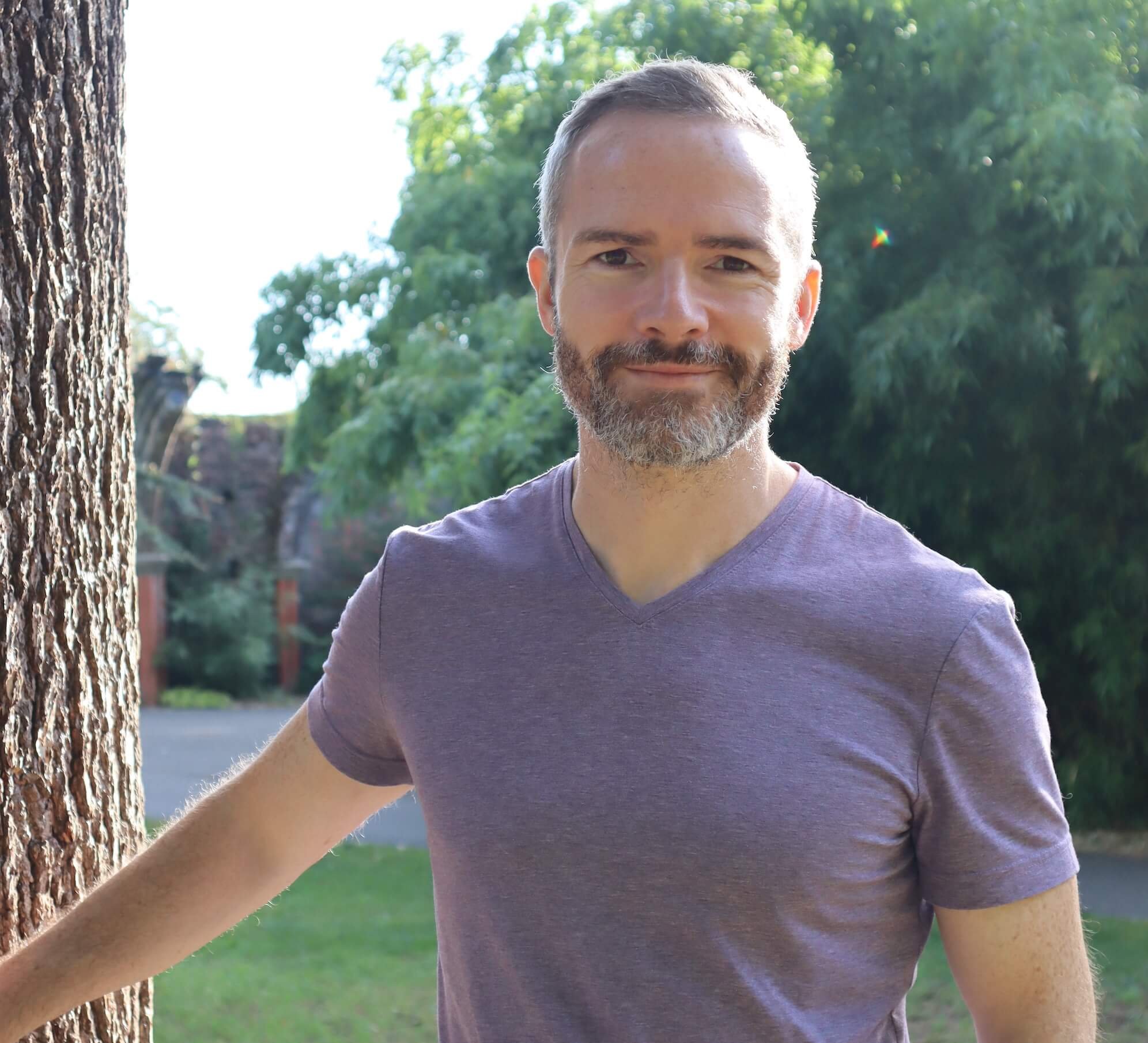Finding your anchor
Step 2: ANCHOR
In stressful situations, what we often need is some stable ground. Something to keep us balanced. We need to find an Anchor.
This can be done in a number of ways, whether focusing on the breath, sensations in the body, or even sounds. Some ‘anchors’ will work better for people than others. For example, it may take time before you find focusing on your breath comfortable, so starting where you are most comfortable, helps to build confidence. Try them out and you will soon find one that works best for you.
Anchor 1: THE BODY
As if you were about to drop anchor.
Come to a Stop.
Physically change your posture.
If sitting down, perhaps stand up, or move to another location OR vice versa.
Try placing your hands on a surface in front of you, or intentionally resting them on your legs, or by your side.
Plant your feet firmly on the ground.
This intentional changing of posture is really helpful to feel grounded, safe and secure. It also redirects us from ‘thinking’ and to our direct experience, to what is actually happening in the body.
While you are grounded, begin by paying attention to (noticing) the sensations in the body.
There may be tightness in the chest or belly, your breathing might be strained, you might feel hot or uncomfortable.
Just notice whatever is here, acknowledge it...without adding any pressure to change it.
This will create a moment of space, strength and calm. And by taking away the pressure for things to be ‘different’ from how you find them, removes much of the tension and agitation we feel. With practice, it can become a place of great stability, whenever you need it.
Anchor 2: THE BREATH
As if you were dropping anchor.
Come to a stop.
Bring your attention to the sensations of breathing.
You don’t have to do any ‘special breaths’. Although a few deep breaths may help you.
Just focus on the in-breath and the out-breath, all the way in and all the way out.
Pay attention to where you notice the breath the most, whether the nose, throat, chest or belly.
If it’s comfortable, stay there. If not, you can move to the body or sounds. Counting the breaths can also help, or even saying the words in our heads, ‘I am breathing in, I am breathing out”.
Bringing our attention to the breath in this way can immediately calm the nervous system. Even a few seconds of attention alleviates the symptoms of stress and over time, you can turn a very simple practice into a long term resilience building one.
Anchor 3: SOUNDS
So same as before, intentionally stop whatever you are doing. Drop anchor.
Pay attention to the sounds you can hear, inside the room, outside, or inside the body.
Notice each sound, its pitch, duration, rhythm or volume.
And perhaps the space between sounds, the silence.
No need to label each sound as it comes, just allow them to pass. Just hear the sounds.
Using sounds as an anchor can be a fresh and revitalising experience. And we are rarely in short supply of sounds! A creaking floor, our breathing or even the traffic outside. It gives us another opportunity to pause, slow down and take note of what is present. And to let go of the noise going on in out heads and bodies.
Whichever anchor we choose does not matter. The act of intentionally noticing ‘what is happening’, followed by focused attention on the breath, body or sounds, grounds us in the present moment, calms the nervous system and give us a chance to ‘respond’. We will cover this next time in Step 3…




